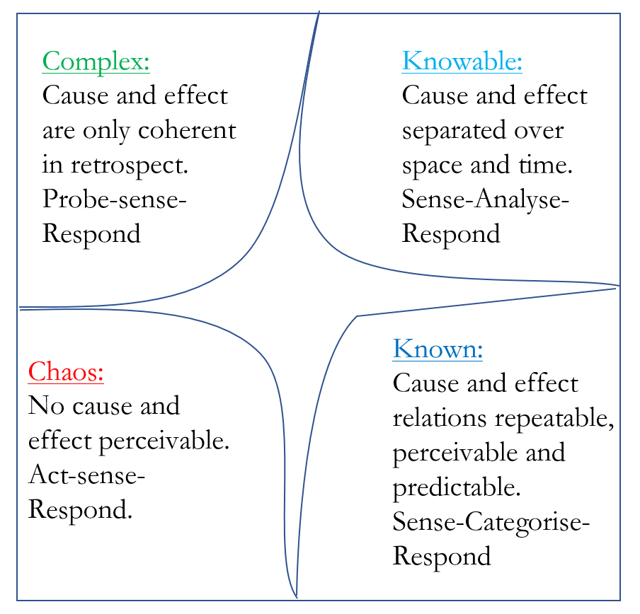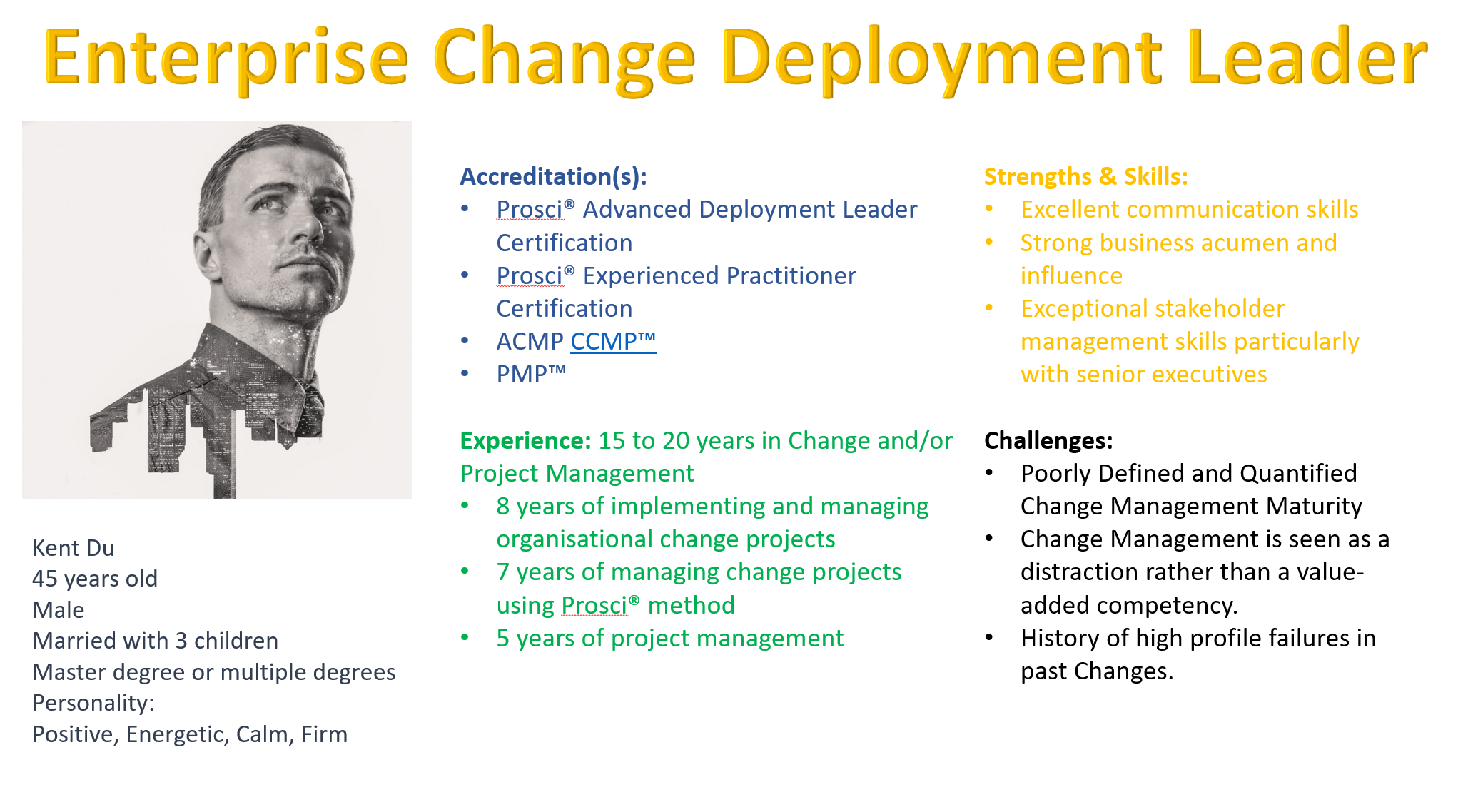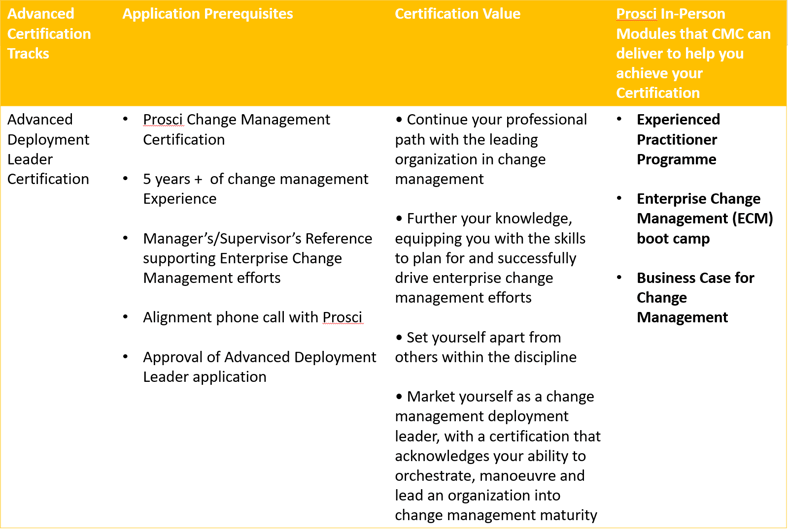In Part 1 of this series, we highlighted how we are living in a revolutionary time whereby changes in every aspect of life are accelerating and business operating models are constantly being challenged and redefined. There is never a time more difficult for leaders to balance prudent financial management and innovation. As a result of platform strategies, data-enhanced products and services derived out of customer-centric focus, major disruptions such as a change in management, merger & acquisition and missing financial targets are triggering more fluctuation and unpredictability. Most of the challenges and choices that executives have to face and make today become increasingly complex and most events are only understood in retrospect.
Understanding Complexity and Organisations as Complex Adaptive Systems
Complexity is a consequence of the interrelationship, interconnectivity and interactions of multiple elements within a system and between the system and its environment. Complex systems can be found almost everywhere - in nature, galaxies, traffic, our brains, the economy and society.
A complex system is simply one in which many different independent agents interact, leading to emergent behaviours that are often challenging (or impossible) to predict judging by the individual relationships and interactions. Hence, a complex adaptive system yields more than the sum of the individual elements combine. Take this example from Snowden and Boone (2007):
"It’s like the difference between, say, a Ferrari and the Brazilian rainforest. Ferraris are complicated machines, but an expert mechanic can take one apart and reassemble it without changing a thing. The car is static and the whole is the sum of its parts. The rainforest, on the other hand, is in constant flux—a species becomes extinct, weather patterns change, an agricultural project reroutes a water source—and the whole is far more than the sum of its parts."
Enterprises and organisations also form complex adaptive systems with emergent properties - which may be positive or negative. For instance, when people interact at work, team collaboration and creativity may manifest as positive emergent behaviours. In contrast, conflict may also emerge out of human interactions within organisations. So how do we build more reactive and responsive systems that generate more positive outcomes than negative ones? Can we learn and use principles from living systems within nature?
Nature's mechanism of system building works through natural selection which rigidly focuses on the perpetuation of the gene pool. However, using natural selection as an analogy to building enterprise systems is limited in scope, purpose and intelligence. It is like trying to solve traffic jams by getting people to travel only during non-peak periods or reducing employee turnover rate by hiring fewer people. Because humans and our interactions are more diverse and complex, enterprises have a lot more constructs to worry about than mere survivability - Culture, branding, positioning, employees' satisfaction etc. Take Apple for instance. People do not just buy its products to use them anymore but for the distinctive Apple experience - from the shopping experience, the customer service and the association with the brand.

Figure 1: Dave Snowden's Cynefin Framework: Released under CC BY 3.0
We can make use of the Cynefin sense-making framework which recommends leaders conduct fail-safe experiments to look for instructive patterns when faced with complex situations. Instead of establishing high stakes and risky course of action, they need to probe first, sense, and then make a response. When a path demonstrates promise and a solution reveals itself, the problem shifts from being complex to knowable. Leaders must then be unafraid to forge forward with the new solution. However, such a tactic takes precious time away from day-to-day management functions which result in senior executives putting aside these minute yet important stategic actions. It may be difficult to reduce the time taken to explore fail-safe experiments but we can accelerate the transition in the knowable-complex boundary by building organisational change capability. This empowers organisations to operate with greater speed and agility. The organisation will require an Enterprise Change Deployment Leader with leadership capacity, expertise knowledge and experience to architect an organisational structure and environment that encourages learning and change.

Figure 2: A fictitious profile of a Enterprise Change Deployment Leader
Lacking an Enterprise Change Deployment Leader within your Organisation?
If your company lacks someone competent enough to fulfil the role of a Enterprise Change Deployment Leader, it is not too late to train one. Change Practitioners and/or Senior Project Managers are all ideal talents that can be further developed into a Enterprise Change Deployment Leader. Take a look at the table below to see how CMC can help your Change Practitioners grow into Enterprise Change Deployment Leaders.

Table 1: Advanced Deployment Leader Certification
To understand what each of these modules constitutes click on them to view more in-depth description:
If an individual has completed the fundamental Prosci® Change Management Certification and gained some experience in managing change, he or she is ready for further growth, starting with the Prosci® Experienced Practitioner Programme.
You might be interested in...
Prosci Experienced Practitioner Program Introductory Guide
Collaborate with and learn from other experienced change management practitioners with the Prosci Experienced Practitioner Program. Through case studies, complex change scenarios and seminal change management literature, participants of the program will develop an enhanced perspective on how to succinctly adapt change management within their organisation.
Read on...
Part 3: Complexity, Change and Systems: Building Change-Enabling Systems





